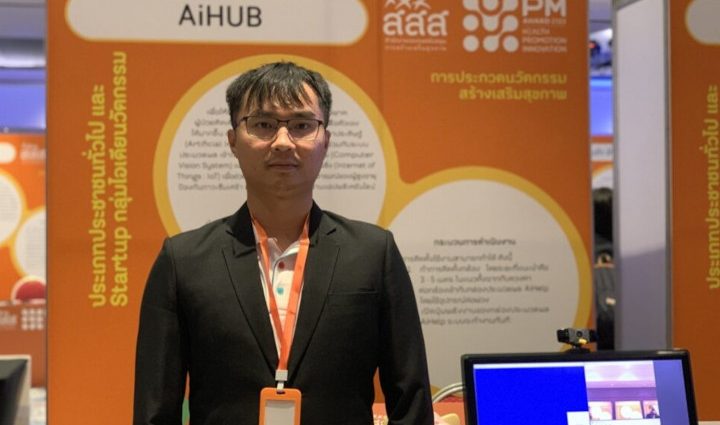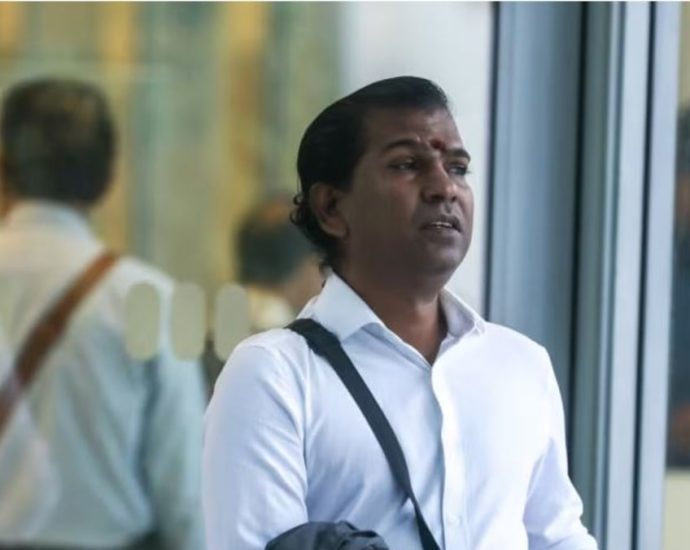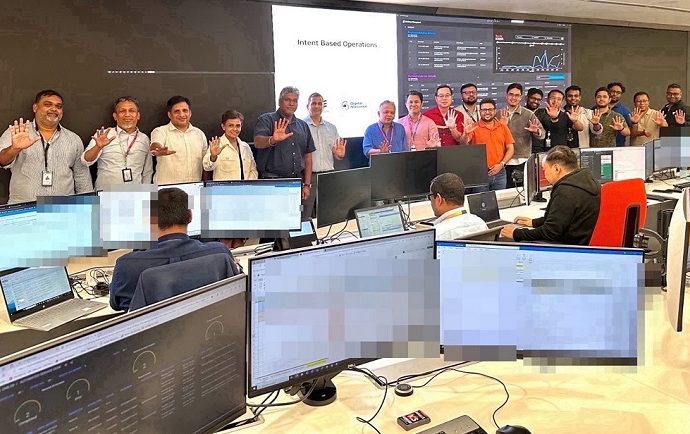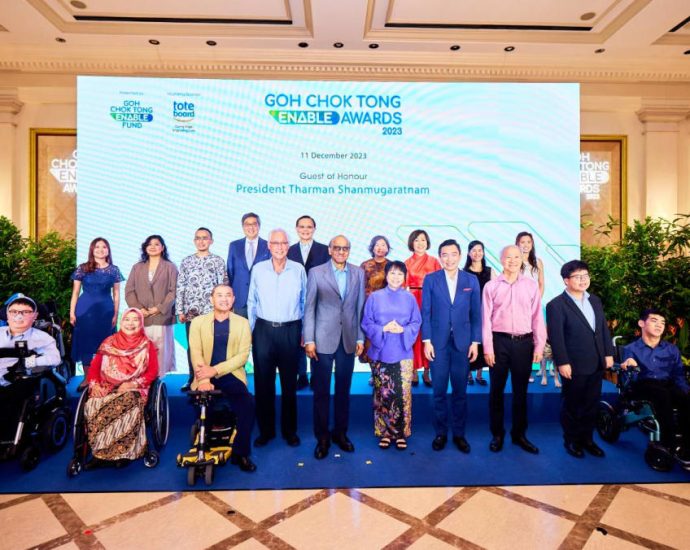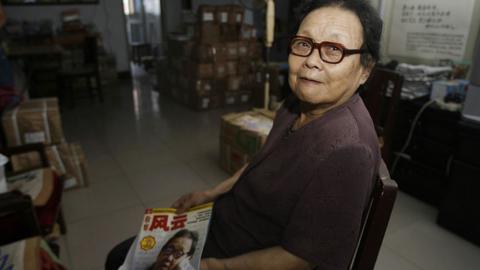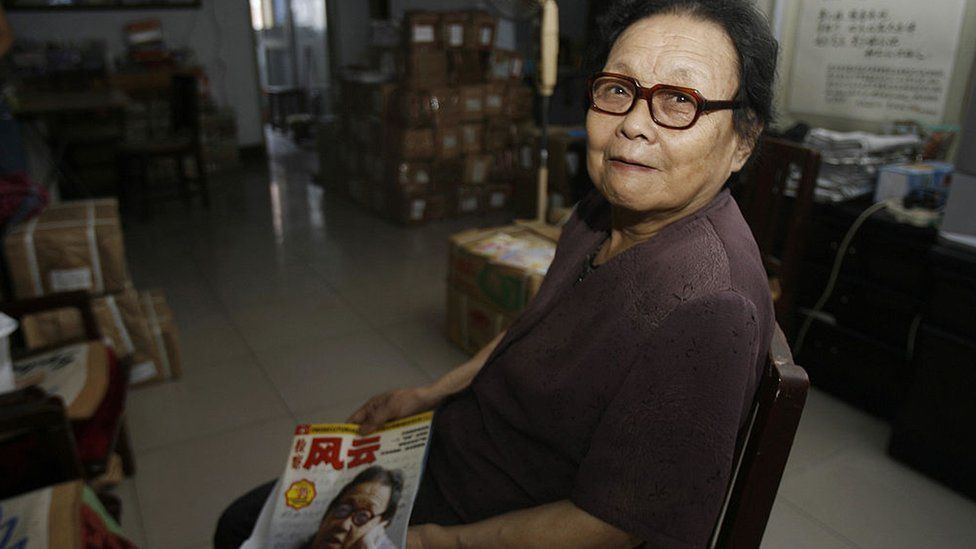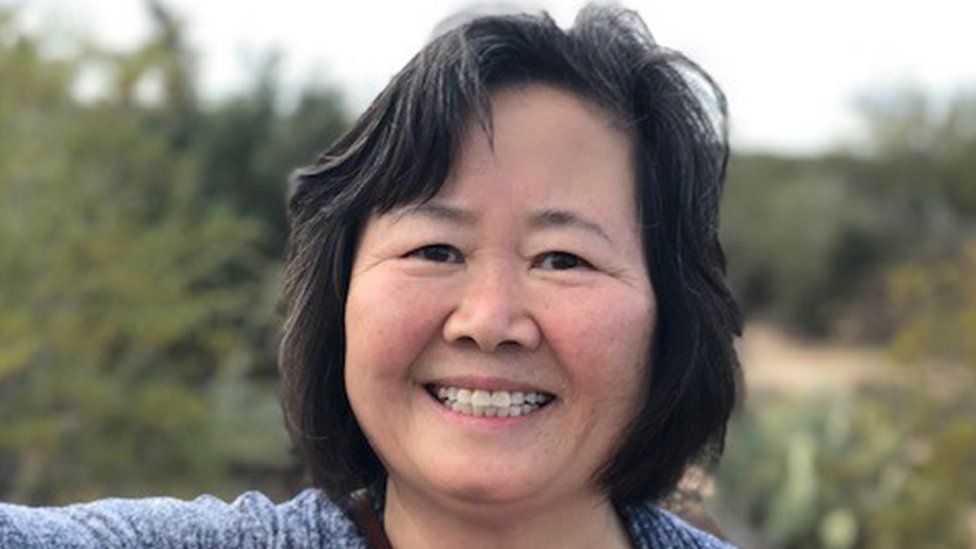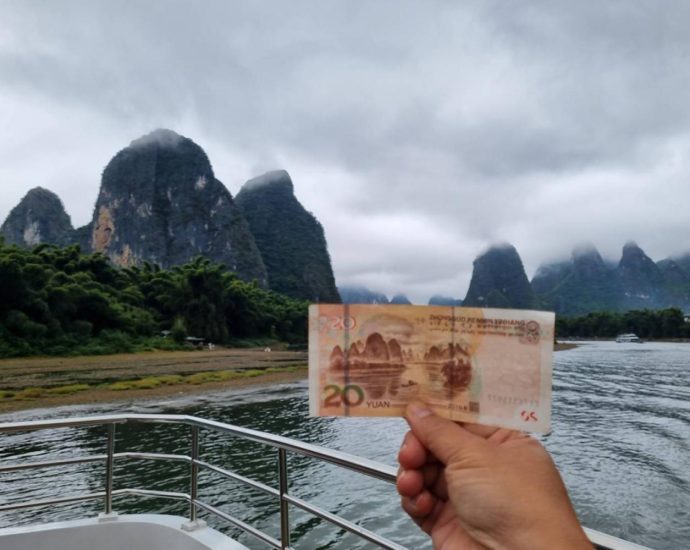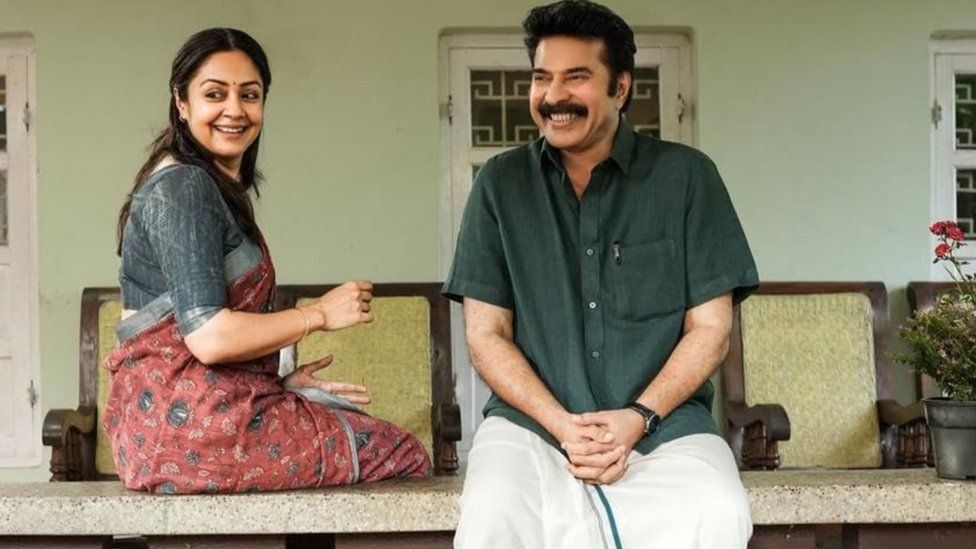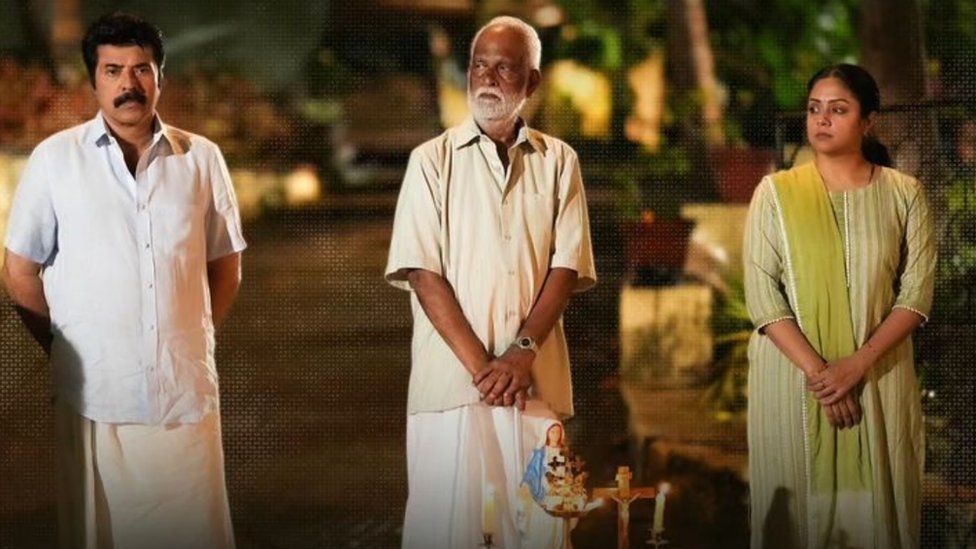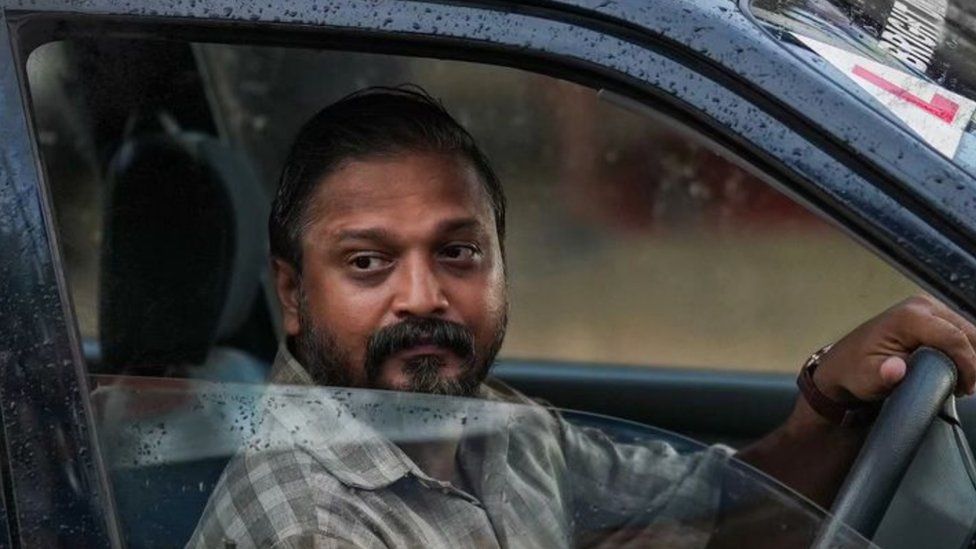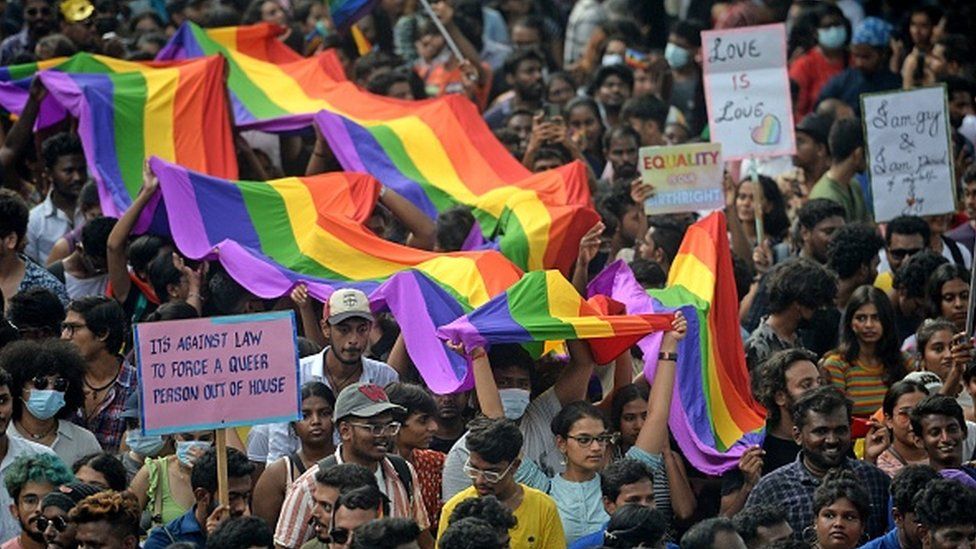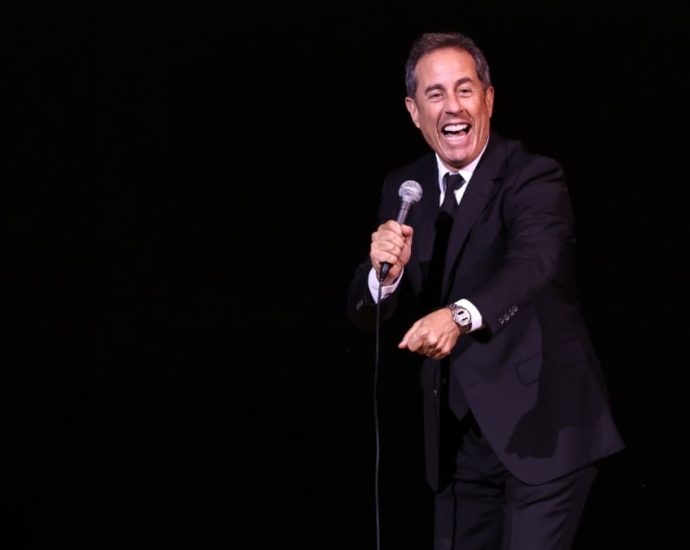AI-enhanced patient care wins PM Award
ThaiHealth salutes innovators in health and wellness
PUBLISHED : 16 Dec 2023 at 15:49

AiHelp, an artificial intelligence-based system that aids bedridden patients, has won this year’s Prime Minister’s Award for Health Promotion Innovation.
The sixth instalment of the awards, organised by the Thai Health Organisation (ThaiHealth), attracted more than 250 entrants who presented innovations that promote wellness.
AiHelp won the innovation idea award, given in the general public and startup business categories. It was developed by the company AiHUB to be a communication platform between patients and their caregivers.
Rungroj Krunkasem, the founder of AiHUB, said AiHelp was inspired by his communication experience with patients as a caregiver. AiHelp mainly uses AI to process commands, which detect a user’s eye blinking. He said the system will expand into a mobile application for easier access.
Mr Rungroj said the system helps caregivers save time, as better communication allows them to be by their patient’s side only when needed.
Formerly known as the ThaiHealth Inno Awards, the PM Award was established in 2017 to promote innovations addressing health and wellness issues.
Nutthapan Supphaka, director of the Office of Partner Development and International Relations at ThaiHealth, said the awards were divided into three categories: Matthayom, vocational education, and general public and startup business.

